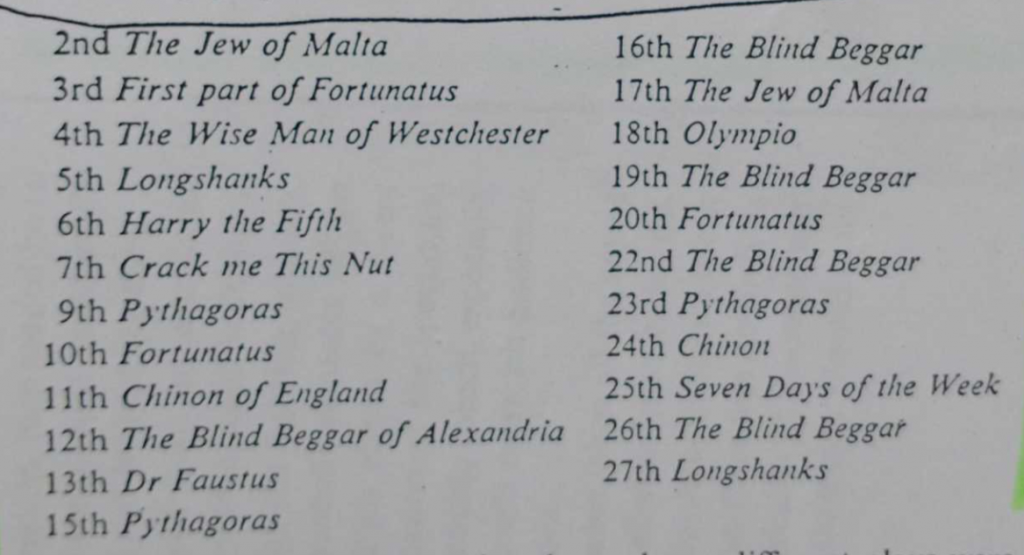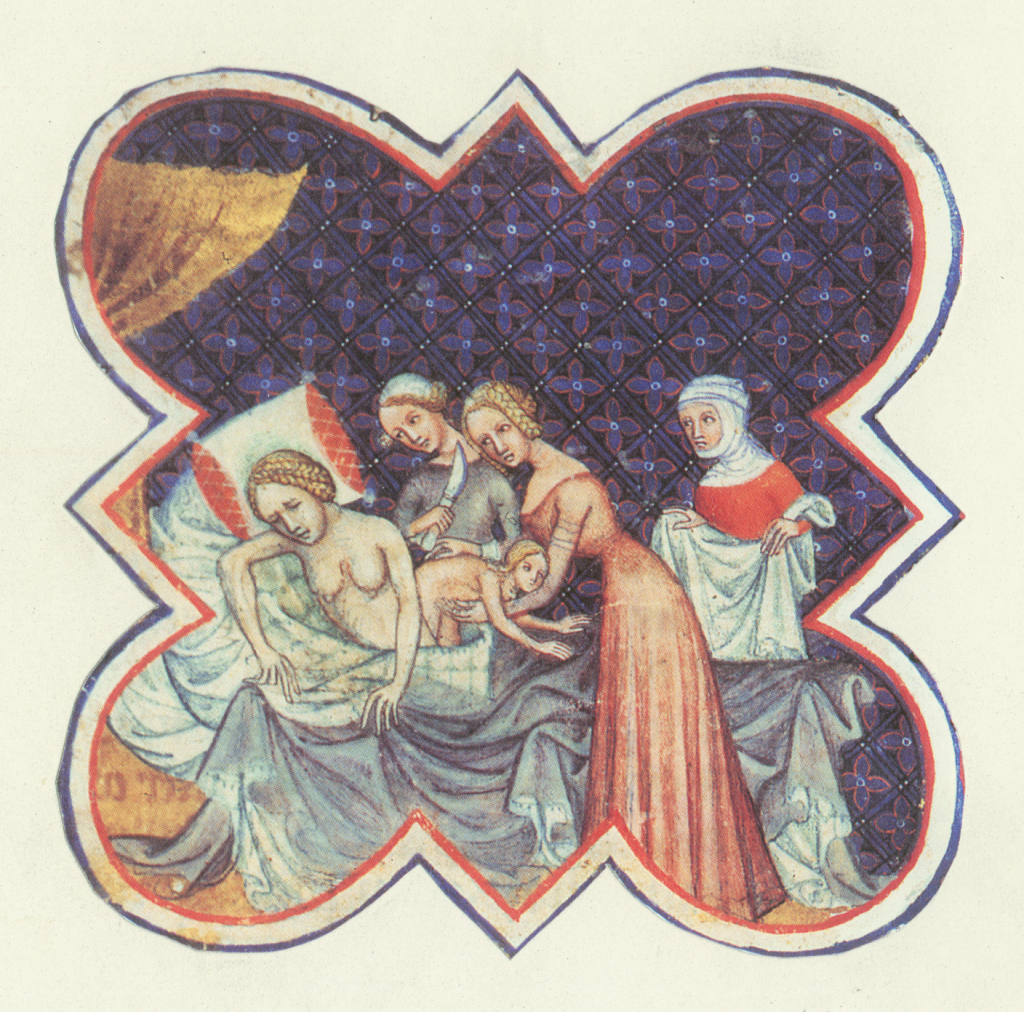
St Columba, or Colmcille is one of the most important saints for the early transmission of Christianity. He was born in 521 and said to be a descendent of the possibly legendary Irish King Niall of the Nine Hostages. (The Hostages were a token of Niall’s power as they came from the five provinces of Ireland, which are Ulster, Connacht, Leinster, Munster, and Meath. The other four represented Scotland, the Saxons, the Britons, and the Franks). Columba was sent, at an early, age to be brought up as a Monk and went on to set up Monasteries in Ireland at Derry and Durrow.
In 563, he left Ireland, possibly because he got involved in a dispute that lead to loss of life. He went into exile to Scotland and set up the famous Monastery on the island of Iona, Inner Hebrides, off the coast of what would one day be called Scotland. At the time, it was under the control of the Kingdom of Dál Riata, which was nominally Christian and controlled parts of Ulster and Western Scotland. From Iona, Columba led the conversion of the Picts to Christianity, which helped towards the unification of the Gaels, the Picts and the Britons, eventually into the Kingdom of Alba which became Scotland. Early Scottish Kings such as Macbeth (Mac Bethad mac Findlaích) were buried here.
Much of the events of this part of Columba’s life are legendary as recorded by St. Adamnan in The Life of Saint Columba written in the 7th Century. One notable story is that he came across a group of Pagan Picts who were mourning a child killed by a monster in the River Ness. St Columba revived the child. He then sent one of the Brothers to swim across the Loch to fetch a boat. The “water beast” pursued the Monk and was about to attack him when St Columba told the monster to stop, and so it did, retreating to the depths of Loch Ness. Thus founding the legend of the Loch Ness monster.
St Columba died in 597AD. Iona continued to prosper and in, 634AD sent St Aidan from Iona to found the Monastery at Lindisfarne. This was instrumental in the conversion of the Kingdom of Northumbria. This tradition of evangelism took hold in the British Isles, and it was from here that much of the German-speaking world was converted to Christianity.
This is St Columba’s legacy.
There is a developing understanding among scholars that this Irish inspired form of Christianity took a leading role in ritual, art, scholarship in the Roman Catholic world at this time. Just stop and think about that sentence for a moment. The north-western extreme of the Islands off the coast of Europe took a leading role in the development of Western Christianity. This was highlighted in a recent exhibition of Anglo-Saxon art at the British Library.

A look at the Lindisfarne Gospel and the Book of Kells showcases the amazing art of this period. For a real treat, look through this scrollable virtual copy of the Lindisfarne Gospel. It has been missing from the displays of the British Museum for a couple of years, and was on display in Northumberland in 2022. I’m not sure whether it is yet back on display at the British Museum. I hope so, but the scrollable version almost compensates for its absence. You can see the Book of Kells at Trinity College, Dublin or look at their online offering here: Not quite as joyous an experience as the online Lindisfarne but beautiful enough.

Lindisfarne evangeliarium, tapijtbladzijde op f26v, Matteüsevangelie
Here is a virtual tour of Iona
Here is a 360-degree panoramic photo tour of Lindisfarne Abbey













